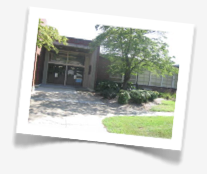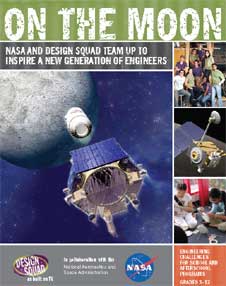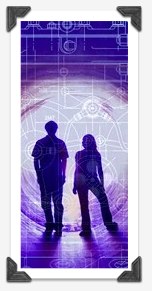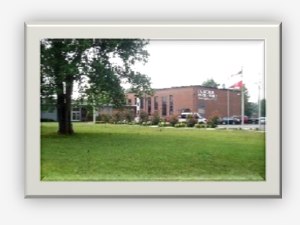Cindy Dwyer, NASA Explorer Schools teacher with Sayville Public Schools, used NASA educational materials to stimulate interest in science, technology, engineering and mathematics careers in her gifted student program. Cindy says, “I teach a gifted student enrichment program in the three elementary schools in my school district. We used the Field Trip to the Moon curriculum from NASA. We also used Google Earth’s moon interface to view photos of the landing sites mentioned in the Navigation team kit and photos from the LCROSS mission. My students find NASA missions fascinating and displayed active engagement throughout this project.”
The school received attention when the project was featured on a local news station. Students were interviewed on their specific roles in the lunar activity.
Read details of Cindy’s experience in NEON. Register, log in, join the NASA Explorer Schools group, and find the On the Moon Educator Guide: On Target forum. The complete story is available there, as well as other educators’ experiences with the On Target activity.
The featured lesson, On Target from On the Moon Educator Guide, may be found in the Teaching Materials section of the NES Virtual Campus.


 Here is a modified activity from Fingerprints of Life, “It’s Just Right” module. Invite your students to discuss what is meant by an extremophile and extreme environment. In this activity, students design and implement an experiment to test the extremes at which Saccharomyces cerevisiae, one-celled organisms commonly known as baker’s yeast, can metabolize, as measured by the production of carbon dioxide. The students work in groups to test the limits of salinity.
Here is a modified activity from Fingerprints of Life, “It’s Just Right” module. Invite your students to discuss what is meant by an extremophile and extreme environment. In this activity, students design and implement an experiment to test the extremes at which Saccharomyces cerevisiae, one-celled organisms commonly known as baker’s yeast, can metabolize, as measured by the production of carbon dioxide. The students work in groups to test the limits of salinity.
 One of the challenges in education is to modify an activity to address objectives in multiple subject areas, challenging students to use skills from different subject areas to solve a problem. NASA Explorer Schools educator Chris Deleon at Hudson Middle School added a twist to the On Target content module that reached beyond the fundamental standards the activity covers.
One of the challenges in education is to modify an activity to address objectives in multiple subject areas, challenging students to use skills from different subject areas to solve a problem. NASA Explorer Schools educator Chris Deleon at Hudson Middle School added a twist to the On Target content module that reached beyond the fundamental standards the activity covers. Educators are invited to register for 2-3 days of free workshop training and earn 12 to 18 hours toward continuing education units.
Educators are invited to register for 2-3 days of free workshop training and earn 12 to 18 hours toward continuing education units. Wouldn’t it be great to have a stop-action camera that could document the growth of your students’ plants in the NASA Explorer Schools module, Lunar Plant Growth Chamber? What might be other possible classroom uses for such a camera?
Wouldn’t it be great to have a stop-action camera that could document the growth of your students’ plants in the NASA Explorer Schools module, Lunar Plant Growth Chamber? What might be other possible classroom uses for such a camera? Sixth-grade mathematics and science teacher and NASA Explorer Schools educator Chick Knitter and the staff of Hobgood Elementary School in Murfreesboro, Tenn., have developed a unique and exciting challenge for their 400 students — walk to the moon!
Sixth-grade mathematics and science teacher and NASA Explorer Schools educator Chick Knitter and the staff of Hobgood Elementary School in Murfreesboro, Tenn., have developed a unique and exciting challenge for their 400 students — walk to the moon!